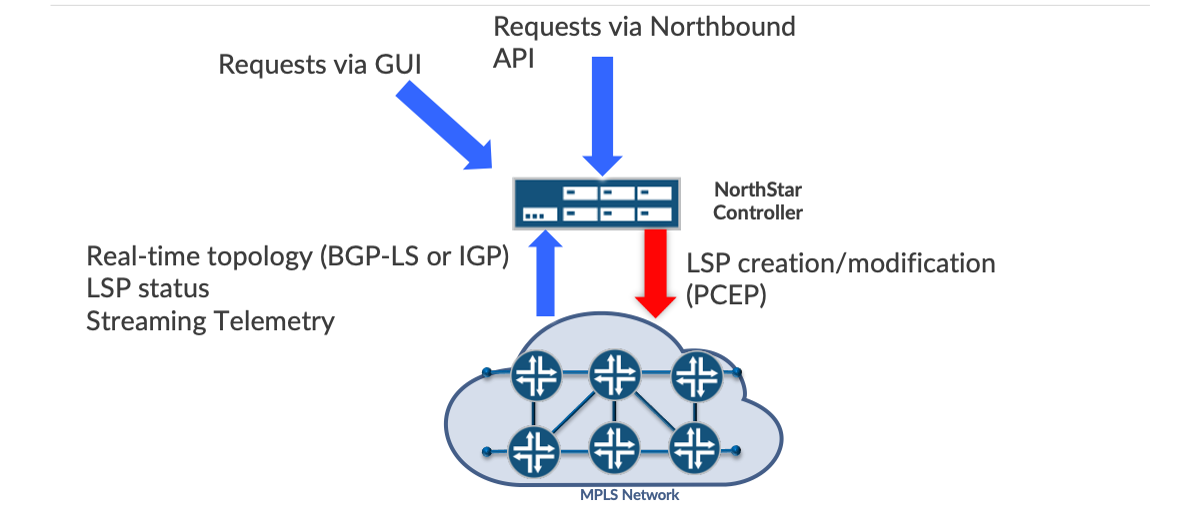This is the first blog in a six part series on Segment Routing (SR) and SR Controllers. Network operators are under increasing pressure to rapidly deploy services with more stringent
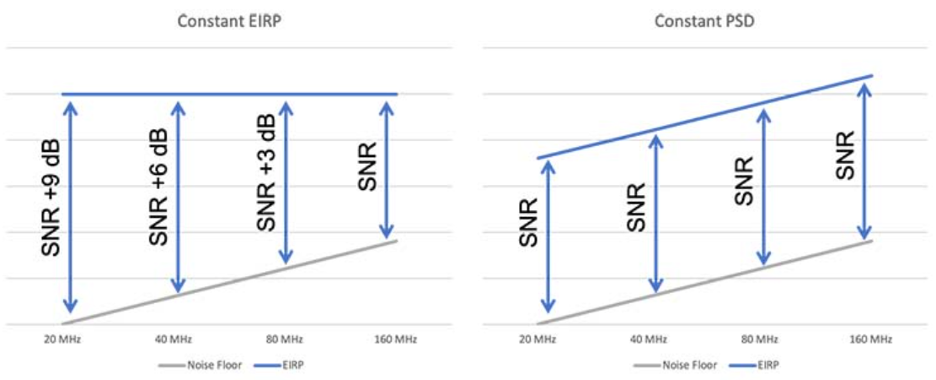
Most Wi-Fi folks are familiar with and understand the concept of EIRP to represent power, although they may not know what exactly it stands for, which is Equivalent Isotropically Radiated
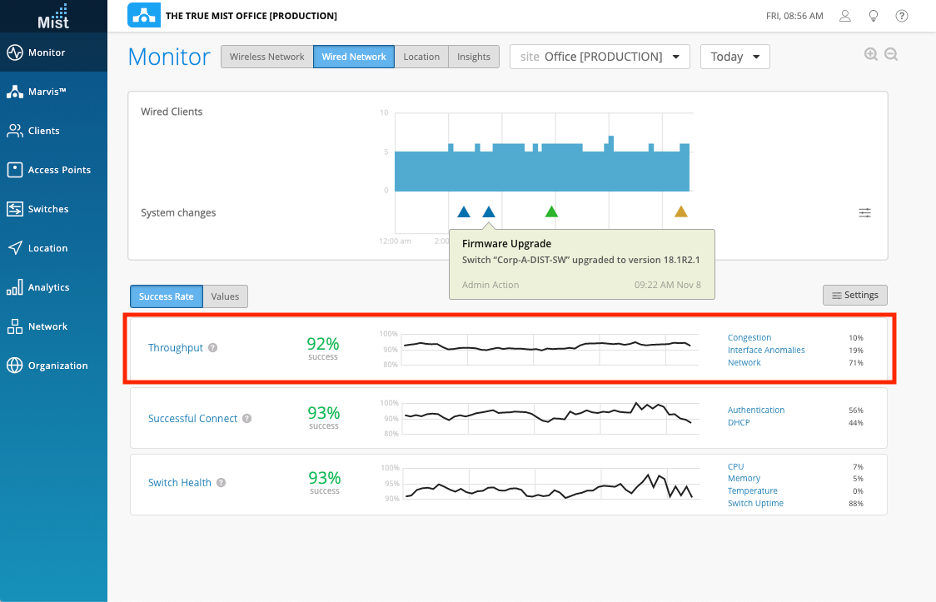
With the newly opened additional 1,200 MHz in the 6 GHz band for Wi-Fi 6E by the FCC, and with clients and infrastructure becoming available in the next few years,

Just when wireless engineers got used to Wi-Fi 6 and all of its improvements like OFDMA, BSS coloring and Target Wait Time (TWT), we have a brand-new wireless LAN, Wi-Fi

Microsoft learned first hand the challenges of providing a great user experience at scale and high velocity while running Azure – one of the world’s largest cloud deployments. Some of
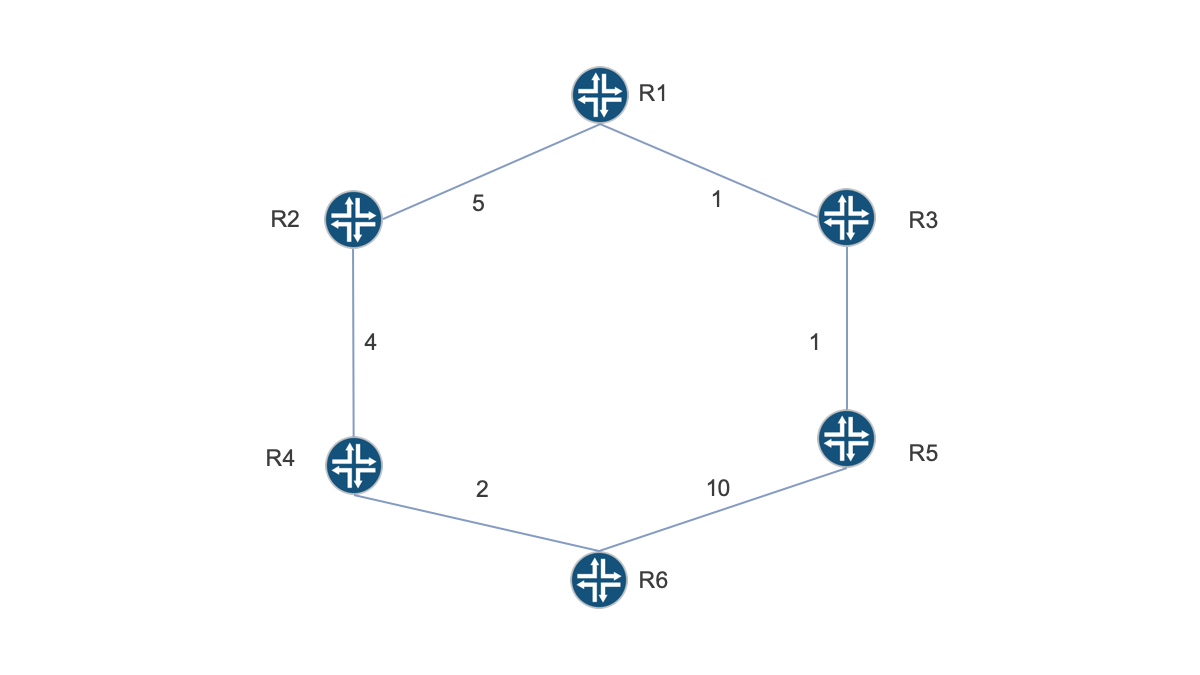
In previous blogs, we explained how a network operator can use Segment Routing (SR) to implement traffic engineering policy. In this blog, we will introduce Topology Independent – Loop Free Alternates (TI-LFA).

In modern times, when you need to buy something – be it a hardware tool to fix your house plumbing or a treat for your pet – people’s first preferred
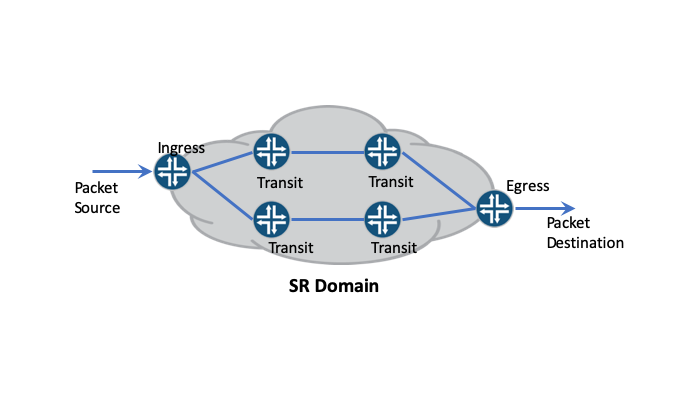
If you are interested in learning the basics of Segment Routing (SR), you have arrived in the right place. Whether you are new to SR or simply looking to learn more

Juniper Networks has a distinguished record as a disruptor and a change leader in the networking industry. Juniper technologies helped fuel the rapid growth of the internet in the early
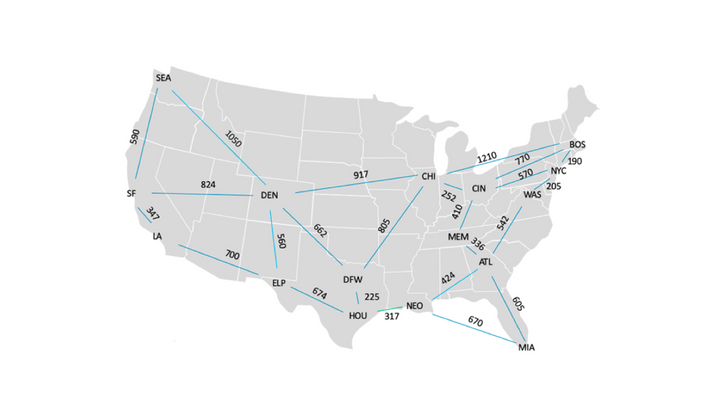
In last week’s blog, we followed a typical service provider through the early stages of SR deployment. While this blog did not reflect the actual deployment experiences of a real service
